Justice Ann Walsh Bradley on split opinions issued by courts
Former Wisconsin Supreme Court Justice Ann Walsh Bradley considers how high court justices with different perspectives communicate about and issue rulings that can be unanimous or have narrow splits.
By Zac Schultz | Here & Now
July 16, 2025
Ann Walsh Bradley on how high court justices with different perspectives issue rulings.
VIDEO TRANSCRIPT
Zac Schultz:
When you are in the majority and you're working to develop the opinion that will formally be published, what's going on in the background in terms of — are you trying to reach out to members in order to make the majority opinion larger? Because we've seen a few cases where it's been 7-0 or 5-2, as most recently came out. Does that carry more significance than a 4-3 narrow split?
Justice Ann Walsh Bradley:
Yes, I think that it's important to be, as we say to jurors — as a circuit court judge, when we send the jury off to decide a case, we end with, "We urge you to be unanimous if you can." And of course, that's a desired goal. But let me also say, if we were always unanimous, then you would only need one of us, and six justices would be superfluous. So, we do have different opinions and different approaches in the way that we interpret the law, in terms of the way that we apply the law, I should say. So, you know, it's a wonderful process that's bent on staying true to the rule of law. We may see it differently, but that is our north star, as I said earlier.
Zac Schultz:
So, should the public look at a 4-3 case differently than 5-2 or 6-1?
Justice Ann Walsh Bradley:
Well, I think most of us try to bring in as many as we can. After oral argument, we go to the conference room, we discuss the case, we take tentative votes, and we listen — and I do. I'll tell you how I do it, but I think the other justices do it the same. We listen to the comments, we take notes of what the other justices think is important. And then if I were writing the majority, I would make sure that I want to get that in so I can make sure to keep that justice as part of the majority. So, then we circulate tentative drafts and we get comments from the other justices. This is part of the normal process. If a justice wants a change here or add more here, I do my best to honor their request. Because it's important, I think, to have as many justices in accord on an opinion. If you have so many splintered opinions, then the integrity of the precedent is diminished.
 Passport
Passport
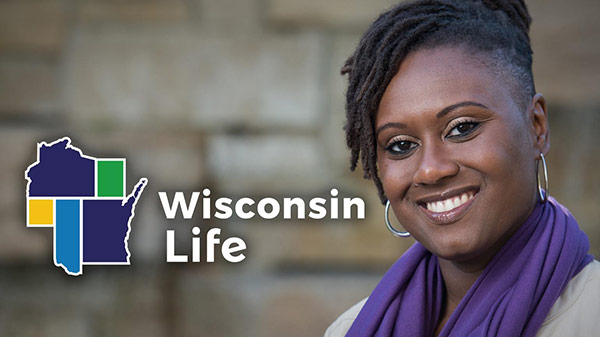


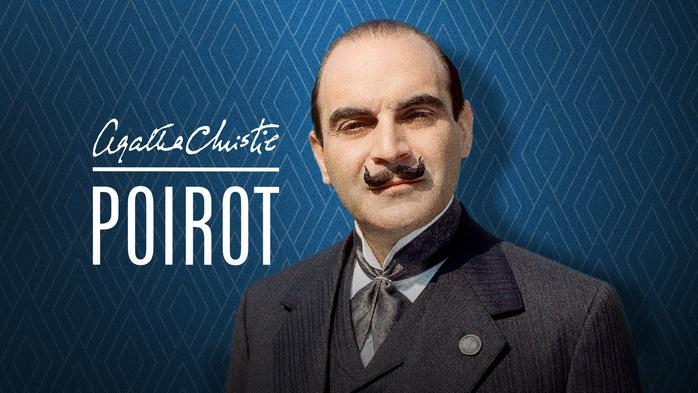
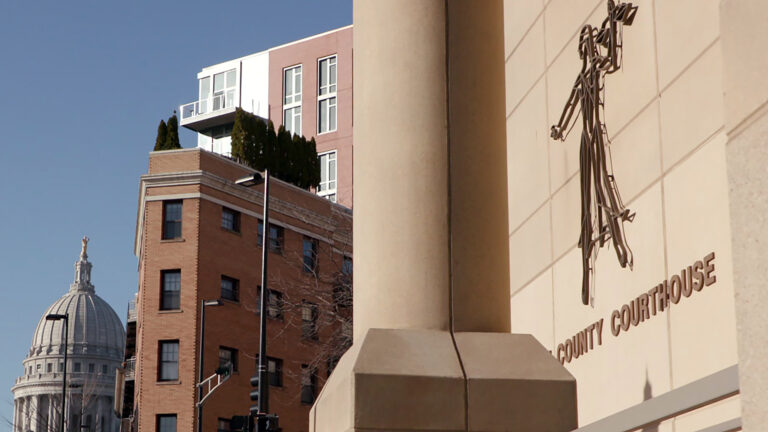


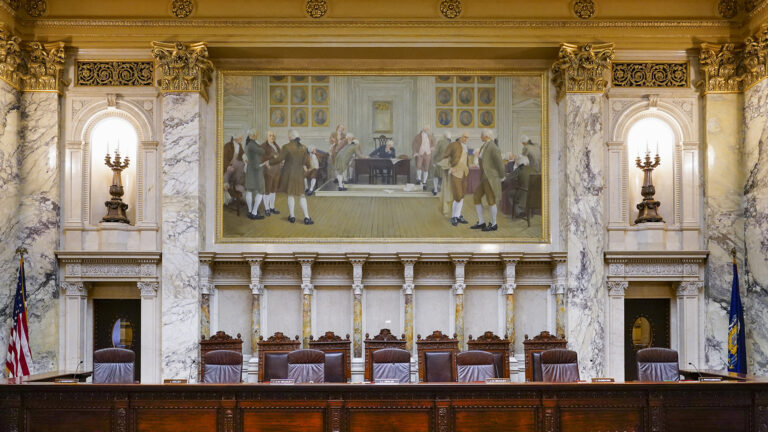
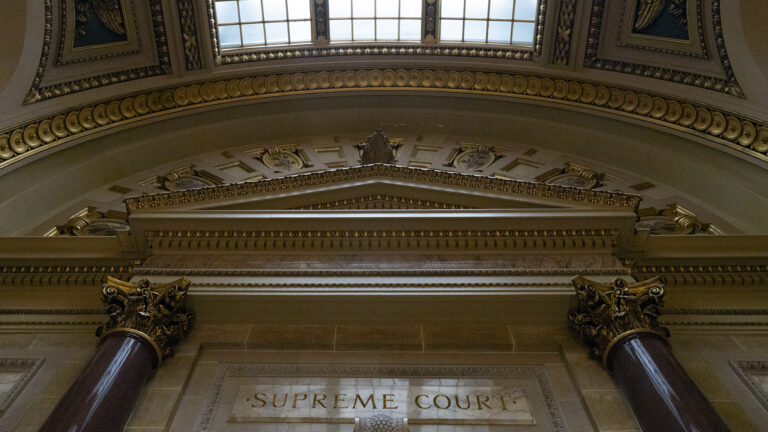
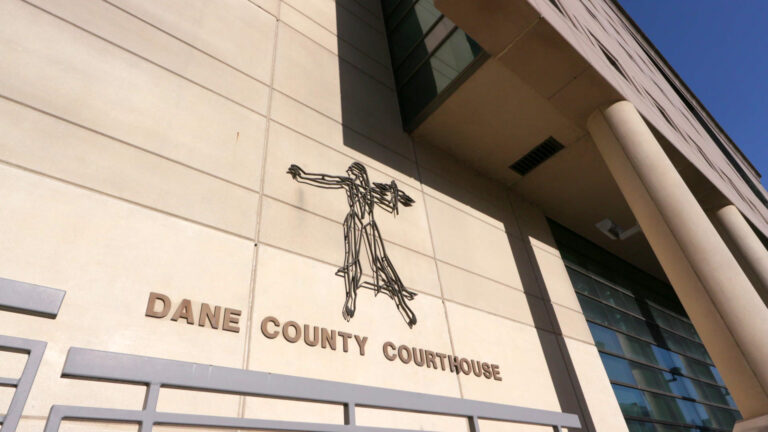

Follow Us